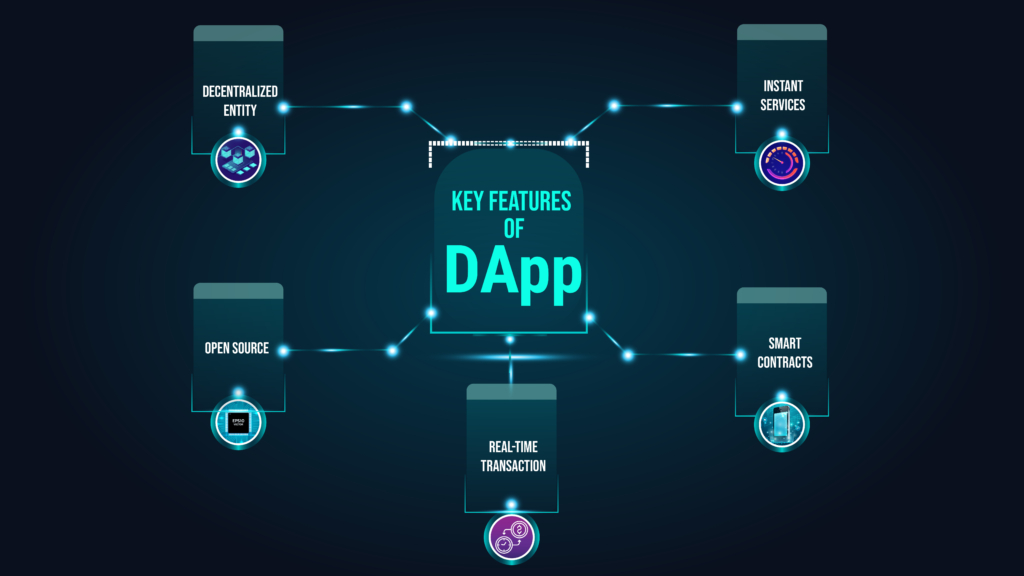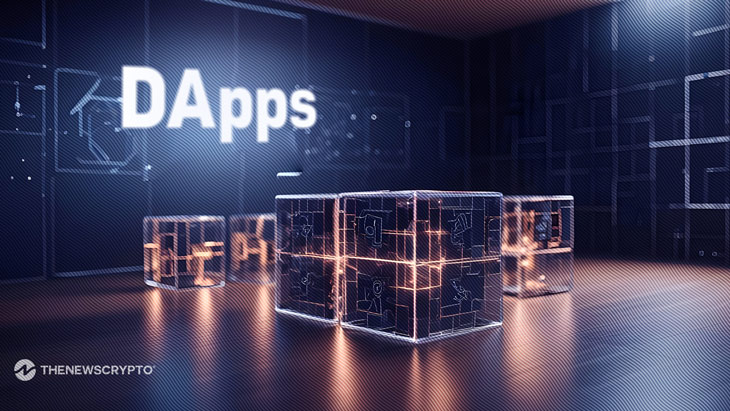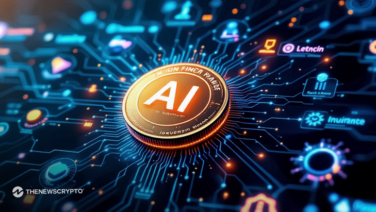In the digital age, our daily lives are intertwined with various applications, from social media platforms to online marketplaces. But imagine if these apps didn’t rely on a single company or server. Instead, they operated on a network of computers, each maintaining a shared database. This is where Decentralized Applications (DApps) come into play. Let’s delve into what DApps are, their advantages and disadvantages, key features, how they are built, and their practical use cases.
What Are DApps?
Decentralized Applications, or DApps, are applications that run on a blockchain network rather than being hosted on a single server. Unlike traditional apps controlled by a central authority, DApps leverage the power of blockchain technology to function in a distributed manner. This means that no single entity has control over the app; instead, it operates on a peer-to-peer network of computers, known as nodes.
Advantages of DApps
1. Decentralization:
One of the most significant benefits of DApps is decentralization. Since no single party controls the application, it’s harder for the app to be shut down or censored. This provides a level of resilience and independence not typically found in traditional apps.
2. Transparency:
DApps operate on open-source code that is accessible to anyone. Transactions and interactions within the app are recorded on the blockchain, creating a transparent record that can be audited by users. This transparency builds trust and ensures that operations are conducted fairly.
3. Autonomy:
DApps run on smart contracts—self-executing contracts with the terms of the agreement directly written into code. These contracts execute automatically when certain conditions are met, removing the need for intermediaries and human oversight.
4. Security:
The decentralized nature of DApps means that there isn’t a single point of failure. This distributed approach makes it more challenging for hackers to compromise the system. Additionally, data is encrypted and spread across multiple nodes, enhancing security.
5. Censorship Resistance:
Due to their decentralized nature, DApps are resistant to censorship. No central authority can block or interfere with the app’s functionality, making it difficult for external forces to control or shut it down.
Disadvantages of DApps
1. Development Complexity:
Building a DApp involves complex processes, including the creation of smart contracts and ensuring the app’s functionality across a decentralized network. This complexity can make DApp development more challenging than traditional app development.
2. Scalability:
DApps can face scalability issues. Blockchains often have limitations in transaction speed and processing capacity, which can result in slower performance and higher transaction costs during peak times.
3. User Experience:
Many DApps have less user-friendly interfaces compared to traditional apps. The technology is still evolving, and some may lack the polished, intuitive design found in more mature applications.
4. Learning Curve:
For users new to blockchain technology, it can be difficult to understand and navigate. And, this steep learning curve can hinder widespread adoption and usability.
5. Regulation:
The regulatory environment for DApps is still developing. Laws and regulations are evolving to address the unique characteristics of DApps, and compliance can be a challenge for developers and users alike.
Key Features of DApps

1. Smart Contracts:
Smart contracts are the backbone of DApps. They are automated, self-executing contracts with terms written directly into code. Once deployed on the blockchain, these contracts are immutable and execute automatically when predefined conditions are met.
2. Distributed Network:
DApps operate on a decentralized network of nodes. Each node holds a copy of the blockchain and participates in validating and recording transactions, ensuring that no single point of failure exists.
3. Token Incentives:
Many DApps use tokens to incentivize participation. Users can earn tokens through various activities, such as contributing to the network or providing liquidity. These tokens often hold value and can be exchanged or used within the DApp.
4. Open Source:
The code of most DApps is open source, meaning that anyone can view, modify, and contribute to it. This openness fosters innovation and allows for greater community involvement in the development process.
5. Peer-to-Peer Interaction:
DApps facilitate direct interactions between users without the need for intermediaries. This peer-to-peer approach can enhance privacy and reduce transaction costs.
How Are DApps Built?
Building a DApp involves several key steps:
1. Define Purpose and Goals:
Start by identifying the problem your DApp aims to solve. Clearly define its purpose, target audience, and the features it will offer.
2. Design Smart Contracts:
Create smart contracts that will govern the DApp’s functionality. These contracts should outline the rules and conditions under which transactions and interactions will occur.
3. Develop the Frontend and Backend:
Build the user interface (frontend) and the backend infrastructure that will interact with the blockchain. The front end is what users see and interact with, while the back end handles the logic and operations.
4. Test and Deploy:
Test your DApp extensively to identify and fix any bugs or issues. Once testing is complete, deploy the DApp on the blockchain. Ensure that it is secure and functions as intended.
5. Maintain and Update:
Ongoing maintenance is crucial to address any issues and implement updates. Though decentralized, it still requires regular updates and improvements to maintain functionality and security.
DApp Use Cases
1. Decentralized Finance (DeFi):
DeFi platforms like Uniswap and Compound offer financial services such as lending, borrowing, and trading without relying on traditional financial intermediaries. They use smart contracts to automate and secure transactions.
2. Gaming:
Blockchain-based games like Decentraland and Axie Infinity provide virtual worlds where players can buy, sell, and trade digital assets. These games leverage blockchain for asset ownership and in-game transactions.
3. Marketplaces:
NFT marketplaces such as OpenSea allow users to buy and sell digital collectibles and artwork. These platforms use blockchain to verify ownership and authenticity of digital items.
4. Supply Chain Management:
DApps like VeChain offer solutions for tracking and verifying the origin and journey of products through the supply chain. Moreover, this transparency helps prevent fraud and ensures product quality.
5. Social Media:
Decentralized social media platforms like Steemit enable users to share content and earn rewards in cryptocurrency. These platforms prioritize user privacy and control over their data.
Conclusion
Decentralized Applications (DApps) represent a significant shift in how we interact with digital platforms. By leveraging blockchain technology, it offer enhanced security, transparency, and autonomy. However, they also face challenges such as development complexity and scalability. As technology evolves, it will become more user-friendly and integrate into various aspects of life, from finance to gaming and beyond.








